Oct 28, 2025 10:47 AM
In Memoriam: Jack DeJohnette, 1942–2025
Jack DeJohnette, a bold and resourceful drummer and NEA Jazz Master who forged a unique vocabulary on the kit over his…
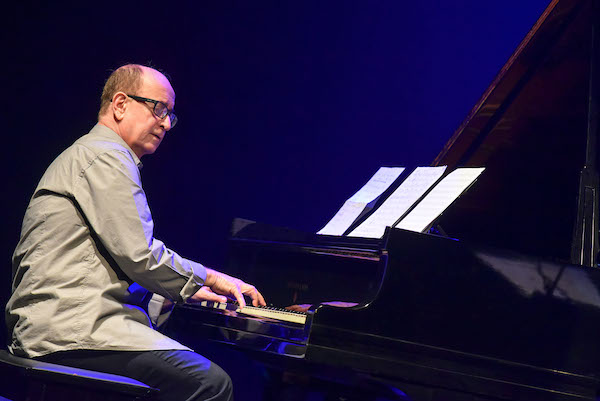
Since they first met, pianist Antonio Adolfo has gone on to be one of the foremost bandleaders in Brazilian jazz, and Milton Nascimento became one of Brazil’s most essential and influential singers.
(Photo: Mirna Modolo)Two young musicians in Rio De Janeiro became friends and, briefly, collaborators back in 1967.
Antonio Adolfo, a 20-year-old pianist and Rio native, was leading a pioneering samba-jazz group called The 3-D Trio. Milton Nascimento, a largely unknown 25-year-old guitarist and singer who hailed from the small city of Tres Pontas in mountainous Minas Gerais, was in town to perform at the International Song Festival.
Since then, Adolfo has gone on to be one of the foremost bandleaders in Brazilian jazz, and Nascimento, of course, became one of Brazil’s most essential and influential singers. But in 1967, they both were trying to make a name for themselves.
“Milton is a genius,” Adolfo recently declared over the phone from Rio while discussing his latest release, BruMa (Mist): Celebrating Milton Nascimento.
The pianist fondly remembers hanging out at the home of songwriter brothers Marcos and Paulo Sérgio Valle with the soon-to-be star and others who became major figures in Brazilian pop, a group that included Roberto Menescal, Toninho Horta and Arthur Verocai.
“Marcos wrote a song called ‘Viola Enluarada’ that we recorded together—Marcos and Milton, backed by my 3-D Trio, with strings arranged by Dori Caymmi. The song became a hit,” Adolfo said. “Then we did a show at the Teatro Santa Rosa for two months that featured some of Milton’s songs like—‘Outubro,’ ‘Vera Cruz,’ ‘Travessia’ and ‘Tres Pontas.’ That was the only time I performed with Milton.”
Nascimento went on to claim 2nd prize in the song festival, launching his career in Brazil, and “Travessia”—with an English lyric by Gene Lees—eventually went on to become his first international hit.
Adolfo features “Outubro” and “Tres Pontas” on BruMa, as well as seven other Nascimento compositions, including “Nada Será Como Antes,” “Canção Do Sal” and “Cais.”
“I always thought about recording his songs,” Adolfo said. “It’s the combination of Milton’s voice, his arrangements, his playing, and his harmonic and rhythmic concepts. In the ’60s and ’70s, he brought some odd meters and modal ideas that he got from Miles [Davis] and Herbie [Hancock] and Wayne [Shorter]. Besides the modal thing, he did new types of [chordal] voicings on his guitar. It was all very modern, very original; nobody writes like him. That’s why jazz musicians like Wayne and Herbie love him: He is so jazzy.”
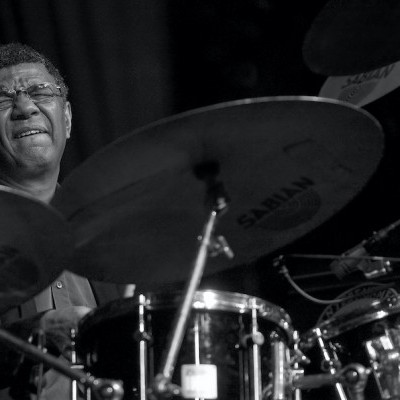
Jack DeJohnette boasted a musical resume that was as long as it was fearsome.
Oct 28, 2025 10:47 AM
Jack DeJohnette, a bold and resourceful drummer and NEA Jazz Master who forged a unique vocabulary on the kit over his…

D’Angelo achieved commercial and critical success experimenting with a fusion of jazz, funk, soul, R&B and hip-hop.
Oct 14, 2025 1:47 PM
D’Angelo, a Grammy-winning R&B and neo-soul singer, guitarist and pianist who exerted a profound influence on 21st…
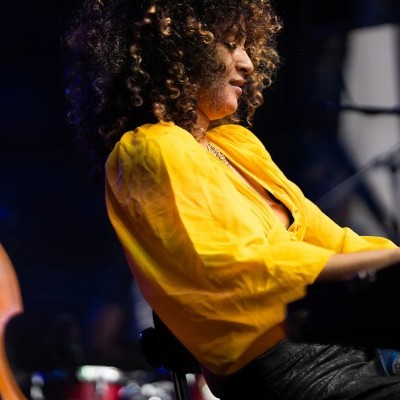
Kandace Springs channeled Shirley Horn’s deliberate phrasing and sublime self-accompaniment during her set at this year’s Pittsburgh International Jazz Festival.
Sep 30, 2025 12:28 PM
Janis Burley, the Pittsburgh International Jazz Festival’s founder and artistic director, did not, as might be…
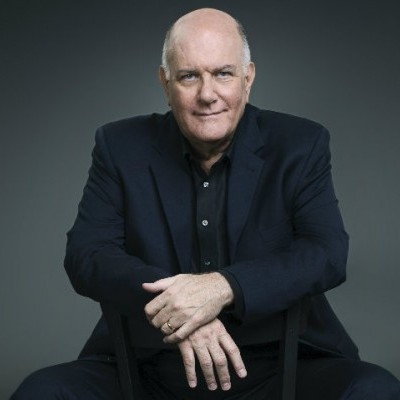
Jim McNeely’s singular body of work had a profound and lasting influence on many of today’s top jazz composers in the U.S. and in Europe.
Oct 7, 2025 3:40 PM
Pianist Jim McNeely, one of the most distinguished large ensemble jazz composers of his generation, died Sept. 26 at…
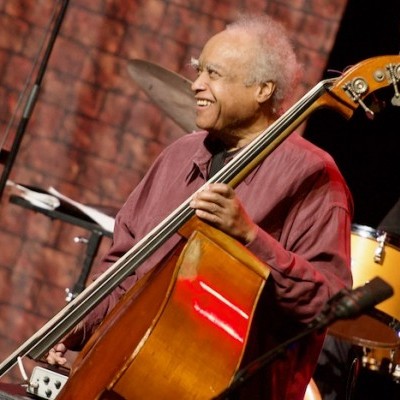
Drummond was cherished by generations of mainstream jazz listeners and bandleaders for his authoritative tonal presence, a defining quality of his style most apparent when he played his instrument unamplified.
Nov 4, 2025 11:39 AM
Ray Drummond, a first-call bassist who appeared on hundreds of albums as a sideman for some of the top names in jazz…